A Godlike Figure in the World of Manga and Anime: Osamu Tezuka
Odile Chen / Ravenel Quarterly No. 30 / 2020-03-25
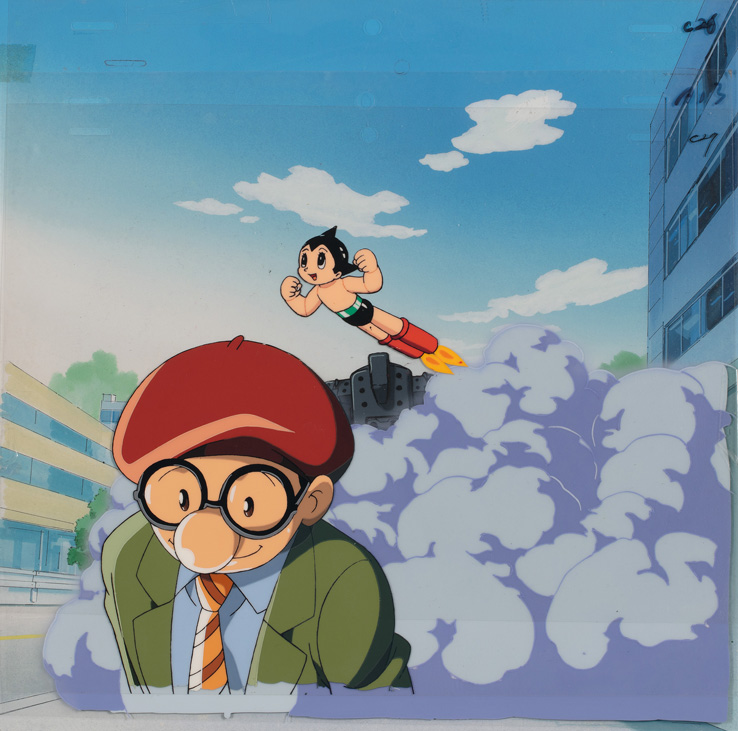
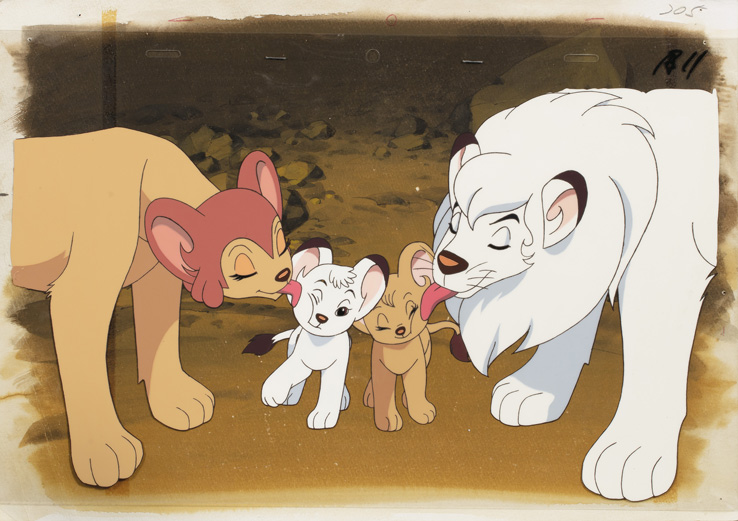
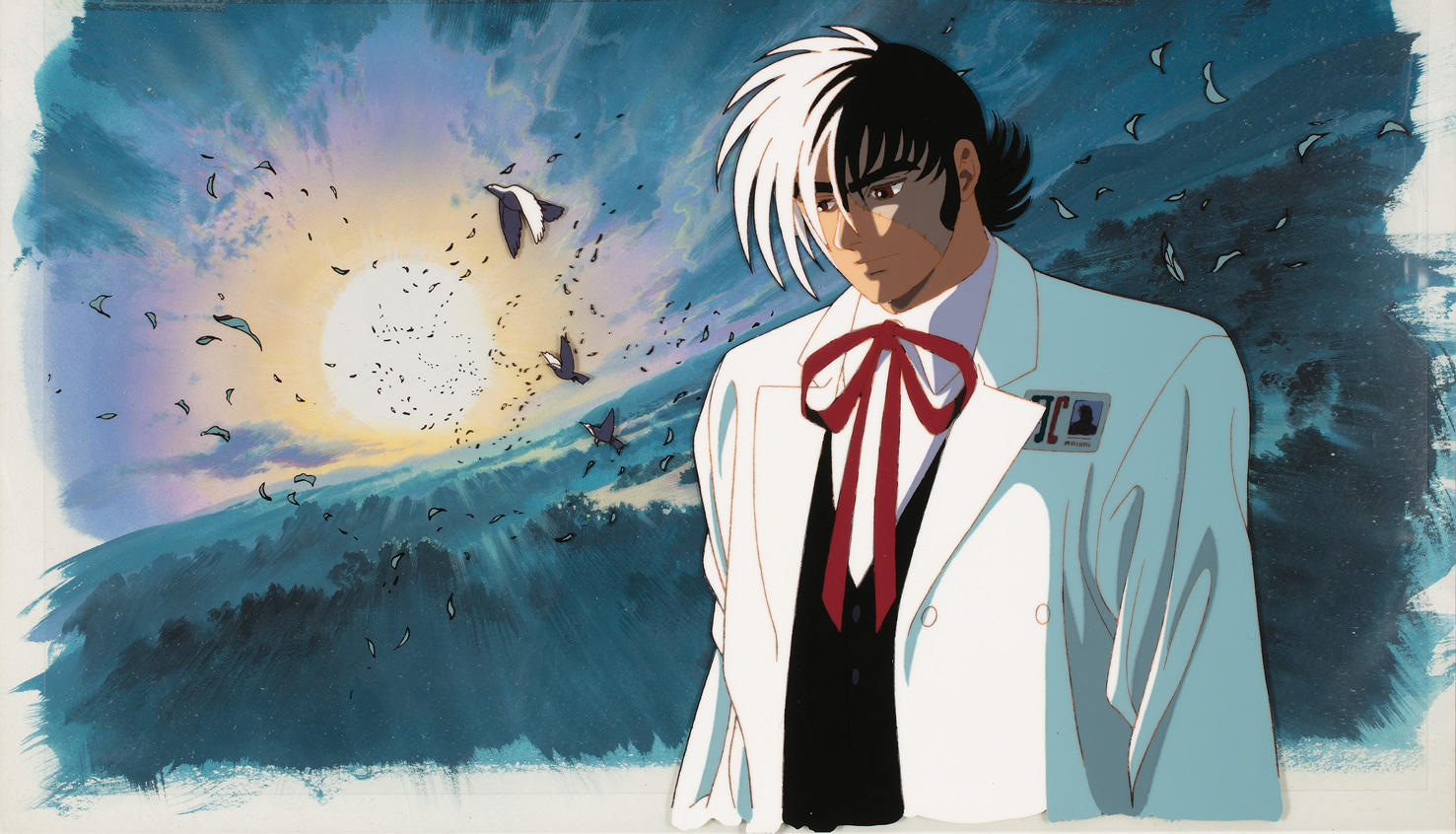
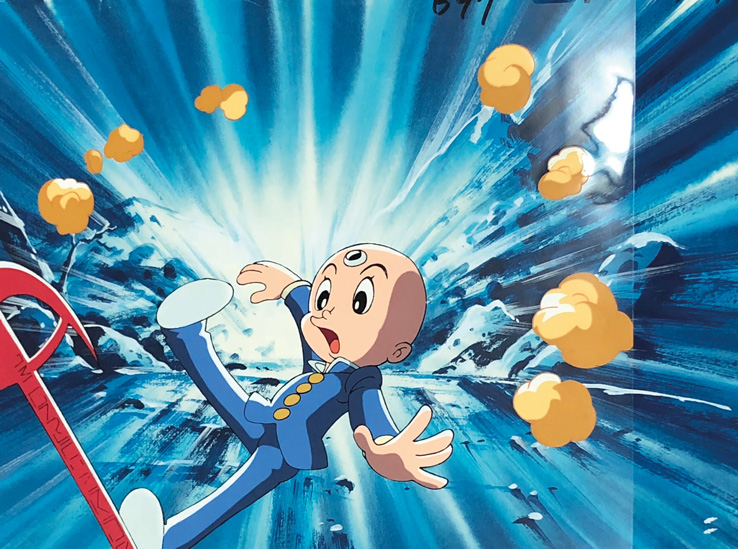
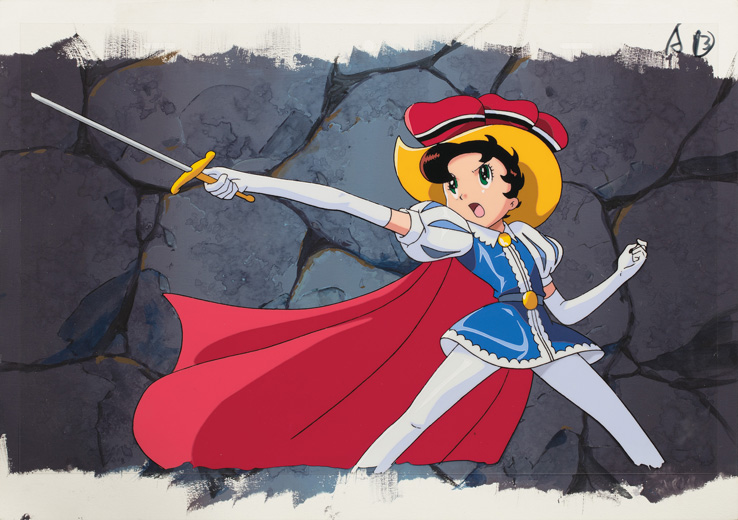

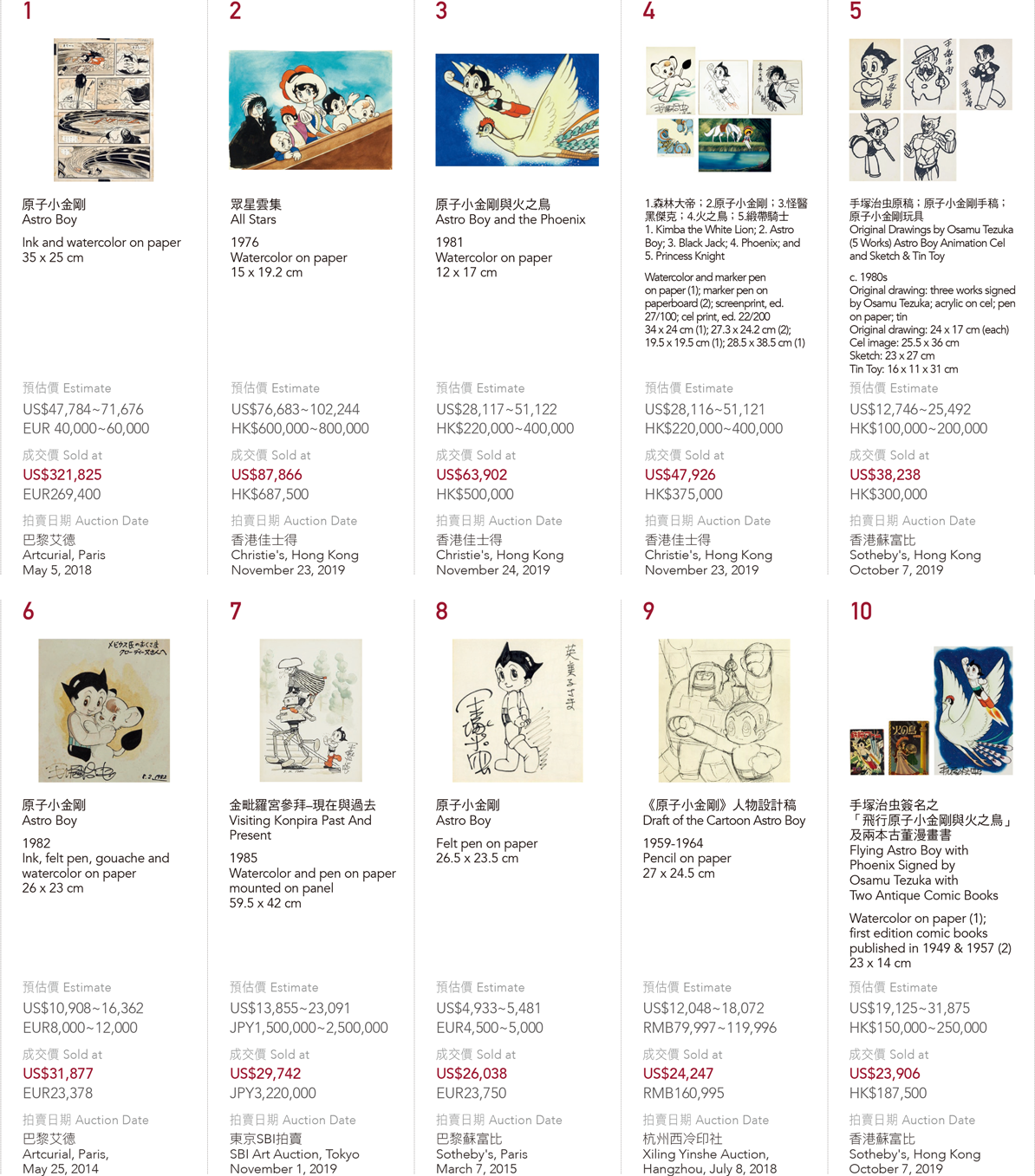
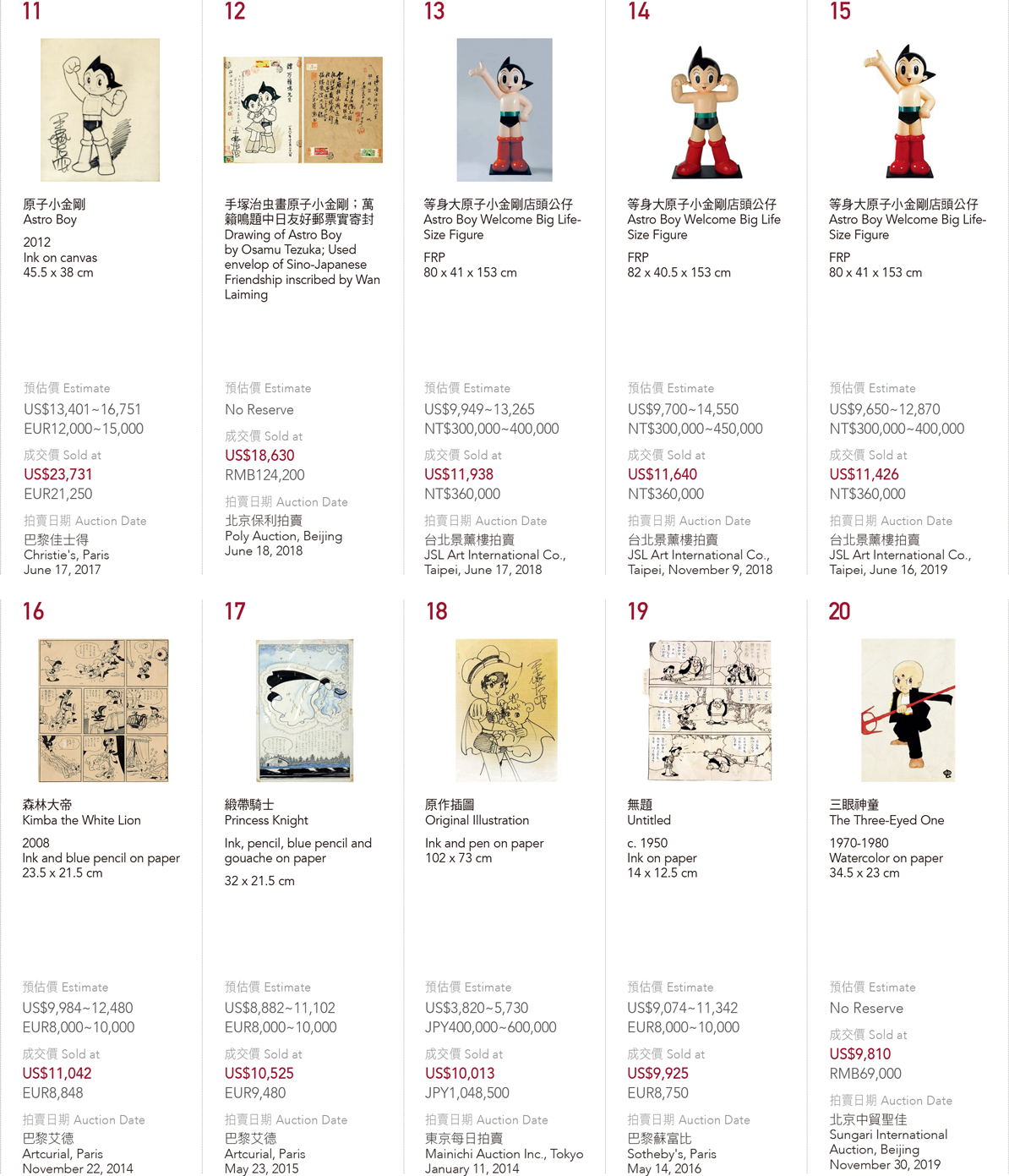

Dongman (literally animation and manga) culture is extremely popular, especially with younger generations. The terms "dongman" and "kaman," which are specific to Chinese regions, are portmanteau words derived from the Chinese terms for animation and manga. Dongman and the later phenomenon of e-sports are tightly connected. They include multiple elements, comprising audio and visual entertainment, science fiction, gaming, and strategic thinking. These related areas have gradually come together to form a mature industry. Dongman is not only limited to animation and manga, however. It exhibits cross-domain influences on areas, such as publishing, the Internet, videos, models, toys, and arts. In the history and development of dongman culture, the United States and Japan were the two countries with the largest cultural output. Specifically, in Japan, during the rundown and depression in the aftermath of the Second World War, manga and animation helped the Japanese reestablish self-confidence and provided some degree of comfort. The unique intricacy and two-dimensionality of the traditional ukiyo-e culture and its existing aesthetic culture were outputted to the world through manga and animation, subtly influencing each generation worldwide.
Animation and manga have had an influence across several of our generations. I believe that they played critical roles in our childhood. The dongman style and aesthetics of the US and Japan are different, with each having its unique strengths. Dongman in the US is more education-oriented with a target audience composed mainly of children and teenagers. Their characters tend to have distinct but singular personalities, such as those of Disney or the Marvel Universe. By contrast, Japanese-style dongman sports various styles, ranging from cute, sporty, and science fiction to noir, monster, and adult-oriented. In 2018, the dongman industry in Japan exceeded revenue of JPY 2 trillion (approximately US$18.2 billion), nearly half of it from overseas markets. Today, 65% of the global dongman industry is produced by Japan. The importance of Japanese dongman cannot be overstated. Dongman, automobiles, and digital content are the top three industries in Japan. Together, they make up the economic backbone for the Land of the Rising Sun.

For Foreigners, He is the beginning of Japanese Manga
Manga has a long history in Japan. The single-volume Hokusai Manga, published by the ukiyo-e master Hokusai Katsushika describing the culture of commoners during the Edo period, is considered the beginning of Japanese manga. During the Meiji period in the mid-19th century, Japan opened Yokohama Harbor as a treaty port. Traditional Japanese arts were exposed to Western cultural influences, such as photography and western painting, and western comics entered Japan through European and American newspapers. The ukiyo-e painting represented the gradual waning of culture from the Edo period, and many painters started working with newspapers to paint comics, which at the time were mainly satire on current affairs.
Looking back on the history of the Japanese dongman industry, Osamu Tezuka (1928–1989)was the key figure in Japanese manga and animation entering the West. For most foreigners, Tezuka is the origin of Japanese manga. For dongman fans, the talented Tezuka holds god-like status. When he was alive, he was bestowed the reverent title "God of Manga."
From a young age, Tezuka devoted himself to manga. Throughout his life, he diligently composed and created a large body of work, including approximately 450 manga (some say 700). Tezuka once said,"In our era, manga, like air, is everywhere." He considered dongman an orthodox culture and strived to overturn the public view that manga belonged to a subculture or was negative. Be it manga or later animations, he and the creative team he led profoundly influenced this industry.
"How could manga swipe Japan of its feet?One of the reasons is that Japan has Osamu Tezuka, but not other countries. Without Tezuka, manga could not have thrived so in post-war Japan."These are the words with which Asahi Shimbun paid tribute to this giant of his generation on the day after Tezuka passed away due to illness on February 9, 1989.
Emperor Shōwa passed away in early 1989, ending the longest reign in Japanese history. The lives of Tezuka, the god of manga, and Misora Hibari, the queen of cultural icons, ended the same year. These two people were representatives of the pop culture of the post-war Shōwa period. Specifically, Tezuka's life almost perfectly overlapped with the Shōwa period, a time when the world underwent turmoil and rapid development, the best of the times and the worst of times.
The Cultivation of A Manga Youth and A Medical Doctor
Osamu Tezuka (手塚治虫)was born Osamu Tezuka (手塚治)on November 3, 1928. Because he shared a birthday with the Emperor Meiji (明 治), his parents named him Osamu (治). Tezuka's parents were from well-to-do families with favorable backgrounds. His father enjoyed manga, photography, and movies. His mother was a fan of the Takarazuka Revue musical theater troupe and an adept story-teller. Tezuka was gifted at birth and was influenced by his parents from a young age. He especially loved drawing manga. He was also interested in astronomy and insects. Ground beetles in Japanese are called osamushi, which sounds similar to his name, Osamu. Feeling that he looked like a ground beetle, he added another kanji 虫 (meaning bugs) to the end of his name to make 手塚治虫, his pen name as a manga artist. This was in 1939, when Tezuka was merely 11 years old.
Tezuka's home had plenty of manga, both American and local, for him to enjoy at will. He also liked to watch movies, especially Western movies like Hollywood adventures, English thrillers, and Disney cartoons such as Popeye and Betty Boop. Those and the glamorous dramas from the Takarazuka Revue spurred his desire to act and to create long manga. Gradually, he developed an interest in, and the ability to tell, stories.
When the Second World War ended in 1945, Tezuka was studying medicine at Osaka University, where he continued to create manga in his free time. In 1946, his work Diary of Ma-chan, a four-cell manga column, debuted in the Shō Kokumin shinbun (the current Mainichi Shougakusei Shimbun), and he became a professional manga artist. In 1947, Tezuka published a long manga, Shin Takarajima (New Treasure Island), loosely based on Shichima Sakai's work. It sold over 40,000 copies and made him famous. Tezuka integrated cinematographic and storyboard techniques such as zooming, wide-angle shots, and high-angle shots into comics, exceeding the four-cell framework and beginning a brand-new era in manga.
Tezuka became a famous manga artist, and his creativity skyrocketed. In 1950, he started serializing Kimba the White Lion in the Manga Shōnen magazine. This work was animated in 1966 as the first color television film in Japan. In 1994, the US Disney company, claiming to be inspired by Shakespeare, launched the movie The Lion King. People in the dongman world were shocked, believing that that story had been plagiarized from Tezuka's original story, Kimba the White Lion. As a faithful Disney fan, Tezuka had visited his idols in the US. After his death, that company plagiarized his work. What an interesting destiny.
In 1951, in the Manga Shōnen magazine, Tezuka serialized Ambassador Atom. The editor of the magazine suggested that he isolate the supporting character, Astro Boy. Later, Astro Boy was serialized in the same magazine and was wildly popular. The stories were adventurous and inspiring, and the forever-young boy, Tezuka's signature work, conquered manga and anime fans worldwide. In 1963, the first Japan-produced black-and-white TV anime show, Astro Boy, premiered on Fuji TV. From then to 1966, the 193 episodes had substantial viewer rates. The anime was also translated into English and sold to other countries. In late 1963, the US television channel NBC broadcast the English version of Astro Boy. In 1980, 60 episodes were reissued; these are the versions broadcast in Taiwan and Hong Kong in the 1980s. In the same year, China imported the black-and-white version, which became one of the earliest anime to enter the Chinese market. It was only in 2003 that the third version, the color version, was shown in China.
Tezuka was passionate about everything he did. While he was busy drawing manga, he continued his studies. In 1951, he graduated from medical school. The following year, he passed the national physician's exam. For work, he moved to Tokyo, where he lived in Shinjuku City. In 1953, he moved to the famous Tokiwa-so Apartment in Tokyo. In 1954, he was listed among those who paid high amounts of taxes. Clearly, manga had earned him a substantial fortune. In 1961, he received his doctoral degree in medicine with the dissertation "Electron microscope study on membrane structure of atypical spermatids." His medical and science backgrounds were perfectly utilized in his writing of Astro Boy and Black Jack. Both works have autobiographical emotional projections and ideal pursuits.

Progressive World View: Explore the Dignity of Life
The Takarazuka Revue musical theater, popular in the romantic Taishera in Japan, imitated the performance styles of Broadway musicals and the Moulin Rouge in Paris. All the characters in their glamorous dramas were portrayed by cross-dressing female actresses. These were the most dazzling memories in Tezuka's childhood. In 1953, Tezuka published Princess Knight, which was influenced by the Takarazuka Revue. The characters, sporting round faces and shiny big eyes, are considered the origin of shōjo manga, or manga targeting the teenage female readership. In addition to his cute, humorous, and science fiction adventures, this gifted manga artist demonstrated yet another impressive style.
However, in 1955, the education system in Japan fell under the pressure of conservative parents and started the Akusho Tsuih Und, a movement for the expulsion of bad books. Manga was a particular focus of this censorship. As the best-selling manga artist, Tezuka was their first target. Even the well-behaved Kimba and the cute Astro Boy were objects of criticism.
Tezuka experienced the cruelty of the Second World War, and war had a profound influence on his works. Reflections on survival and explorations of the dignity of life are consistent themes in his creations. For example, the experiences of the protagonists Astro Boy and Kimba touch on profound themes in life that exceed the scope of children's understanding. Likewise, the work Phoenix, first serialized in 1953 in the Manga Shōnen magazine and later published in 1966 in the COM magazine issues by Tezuka, discusses the secrets of life and is considered the greatest work of his creative life.
Tezuka was also the first manga artist in Japan to introduce the assistant system and corporate management, which had a substantial influence on the later Japan manga industry. In 1961, he established his own animation production company, Mushi Productions. In 1962, he officially established the Mushi Production Corporation. Famous TV animations he released under Mushi Productions include Astro Boy, Princess Knight, Kimba the White Lion, Dororo and Ashita no Joe. Mushi Productions also had adult-oriented works such as A Thousand and One Nights, Cleopatra, and Belladonna of Sadness.

Manga as the Wife and Animations as the Lover
Tezuka once joked that manga was his wife, and animation was his lover. Animation is an international language, a pathway to communicate with the world and realize his dreams. However, animation production was both time-and labor-consuming. Worse, it was expensive. The 1960s was a period not long after the post-war recovery. Even though Tezuka's manga and animation career peaked and earned him a substantial income, he still encountered financial difficulties. Disney animations used at least 24 pictures per second, and 1 minute required 1,440 pictures. By contrast, Tezuka economized in Astro Boy, using only 12 pictures per second. Later, he further reduced it to only 8 pictures per second. This so-called "limited animation" with its unique style became an alternative style for Japanese animation.
In any case, each picture required the superb skills and teamwork of animation artists. Before the emergence of 3D animation, all animation was painted on celluloid films, colored by hand, and shot on watercolor backgrounds to form a video. Celluloid film manuscripts were like beautiful pictures. As time progressed, pure hand-made pictures were replaced by products of computer technology. In 2007, digital techniques were adopted. However, due to a lack of awareness of preservation, the classic manuscript papers by Tezuka were mostly lost or damaged. The few surviving ones bear witness to the master's extraordinary creativity.
The expensive animation production fees were too much for Tezuka to cover. In 1973, Mushi Production declared bankruptcy. After all, he was painting in his studio all day and had no time for other matters. He also lacked good corporate management skills. The owner of a furniture company who had received favors from Tezuka heard about his hardship and offered to pay off his debts, gradually assisting him in overcoming the difficulties. Despite the financial hardship, Tezuka did not neglect manga or animation. The outstanding science fiction works The Three-Eyed One and Black Jack were both generated in this period and brought him out of the pit of despair. Specifically, the sense of loneliness from bankruptcy gave Black Jack a surreal feeling. It was the first medical manga in the world to be created by a medical doctor.
In 1977, the union of Mushi Production Company established the Mushi Production Co., Ltd. in Tokyo as a continuation of the old company. It mainly contracted animation works from that company and is still running today. However, when Mushi Production declared bankruptcy, Tezuka left the company. In 1968, Tezuka established Tezuka Productions Co.,Ltd., to facilitate manga production and copyright management. It is still running today. At first, Tezuka would contract his works to the Mushi Production Company and have them turn the manga into animations. However, in the later period, not many manga could be adapted into animations. The limited-edition Astro Boy figurines and licensed products were issued by Tezuka Productions.
Overworked, Tezuka passed away in Tokyo from gastric cancer on February 9, 1989, at the age of 60. In his legendary life, he immersed himself in the imaginary world of manga and anime. His success and failures in his manga career were woven into one work after another. His works are like a splendid history of Japanese dongman. Most Japanese manga artists have been influenced by Tezuka, including Fujio Fujiko (the penname shared by Japanese manga artists Hiroshi Fujimoto and Motoo Abiko), who created Doraemon; Hisashi Sakaguchi, author of Ikkyū-san; Akira Toriyama, author of Dragon Ball; Go Nagai, author of Mazinger Z; Riyoko Ikeda, author of The Rose of Versailles; and later artists such as KAWS. Tezuka's oldest son, Macoto Tezuka, inherited his father's talent for painting. He is also an animation director, adapting his father's manga into movies. In 2020, to promote the integration of artificial intelligence and human technology, the Japanese publishing company Kodansha Ltd. proposed a special project, TEZUKA 2020. They attempted to use artificial intelligence to produce the new manga Paidon, which carries the spirit of Tezuka, enabling the genius of the god of dongman to continue to exist in the 21st century.
Five years after Tezuka passed away, his hometown Takarazuka City established the Osamu Tezuka Manga Museum. Fans from around the world visit it on pilgrimages. When they view the dongman characters he created, their childhood memories are awakened. Tezuka altered the status of dongman as a subculture and won numerous international awards.

The New Highlight of the Animation Manuscript Art Market
His manuscript paintings, including his celluloid animation manuscripts, have occasionally been sighted on the auction markets in Paris, Tokyo, China, and Hong Kong since 2011. Recently, due to the global trend in figurines and street arts, many famous contemporary artists have been influenced by the cute manga and animation styles of Japan. Animation manuscripts that had previously not been on the major market entered the exhibition venue of 2019 Art Tokyo. In 2019, the two major auction houses in Hong Kong both auctioned off the works at satisfactory prices. Tezuka is the god of Japanese manga and animation. His achievements could be observed in the 90-year anniversary special exhibitions in 2019. For example, his works were included in "The Citi Exhibition: Manga" at the British Museum in London, in the "BISHOJO: Young Pretty Girls in Art History" special exhibition at the Museum of the National Taipei University of Education, at the Tampere Art Museum in Finland, and at the "Osamu Tezuka, the God of Mang" exhibition at Museu Nacional d'Art de Catalunya in Spain.
In May 2018, at the famous auction Artcurial in Paris, a 35×25 cm hand-painted draft of Astro Boy created in the late 1950s sold for €269,400 (approximately NT$9.58 million), setting a new record for Tezuka's works. Subsequently, in November 2019, Christie's Hong Kong offered All Stars, an even smaller watercolor work of 15×19.2 cm featuring six famous manga characters by Tezuka. This painting sold for HK$0.5 million (approximately NT$2 million).
Tezuka created quite a few manuscripts during his life, and their market prices vary. If doubt about counterfeits can be removed, the prices still have room to grow. Due to the recent popularity of trendy toys, the figurines licensed and issued by Tezuka Productions as well as limited editions or old Astro Boy objects have become favorite targets at physical auctions or on online platforms. One 150-cm tall figurine, a life-sized version of a character, sold at auction for NT$360,000 in Taipei. Even auction objects such as antique comic books and celluloid animation manuscripts are favored by collectors.
At the Ravenel Spring Auction, "Select: Modern & Contemporary Art," a subunit "The God of Manga and Anime: Osamu Tezuka" will be launched. Over twenty sets of manga and anime manuscripts will be introduced, including representative works of Astro Boy, Kimba the White Lion, Black Jack, Princess Knight, The Three-Eyed One, and GoKu's Great Adventures. These pictures, generated for animations, were carefully plotted and painted in elegant colors. This will be the chance to collect the classic creativity of this god-like master all at once. The opportunity to obtain these meaningful artworks is rare. It is hoped that it will lead a trend in classic manga and animation arts.



留言
張貼留言